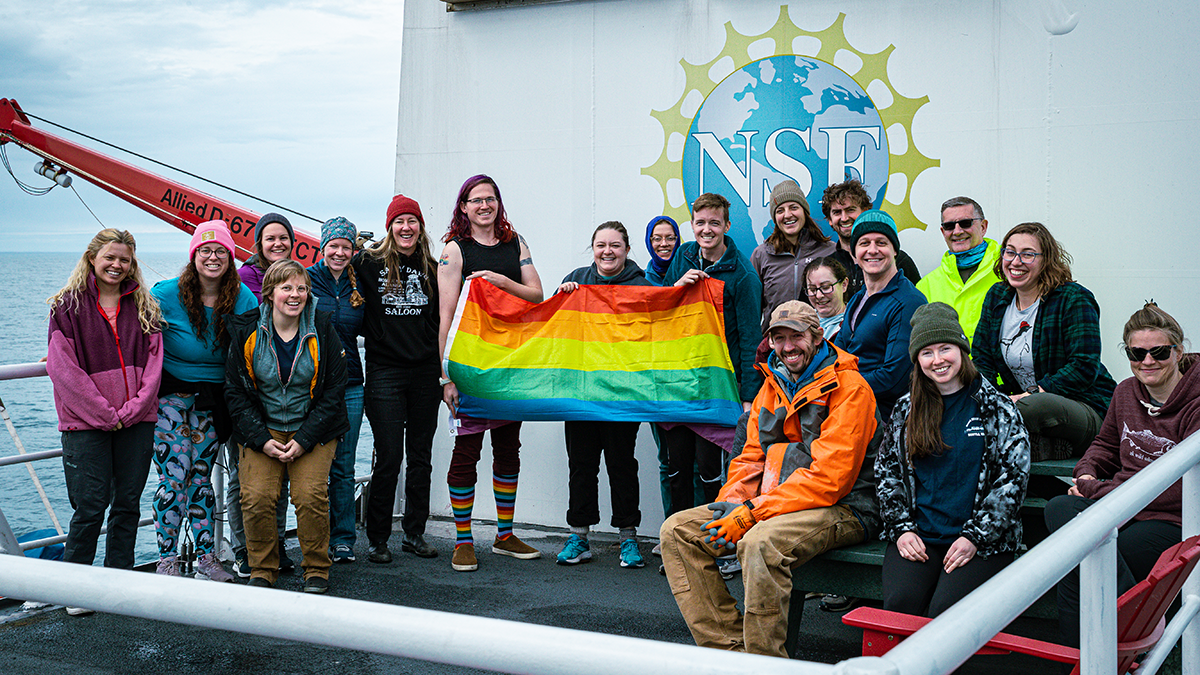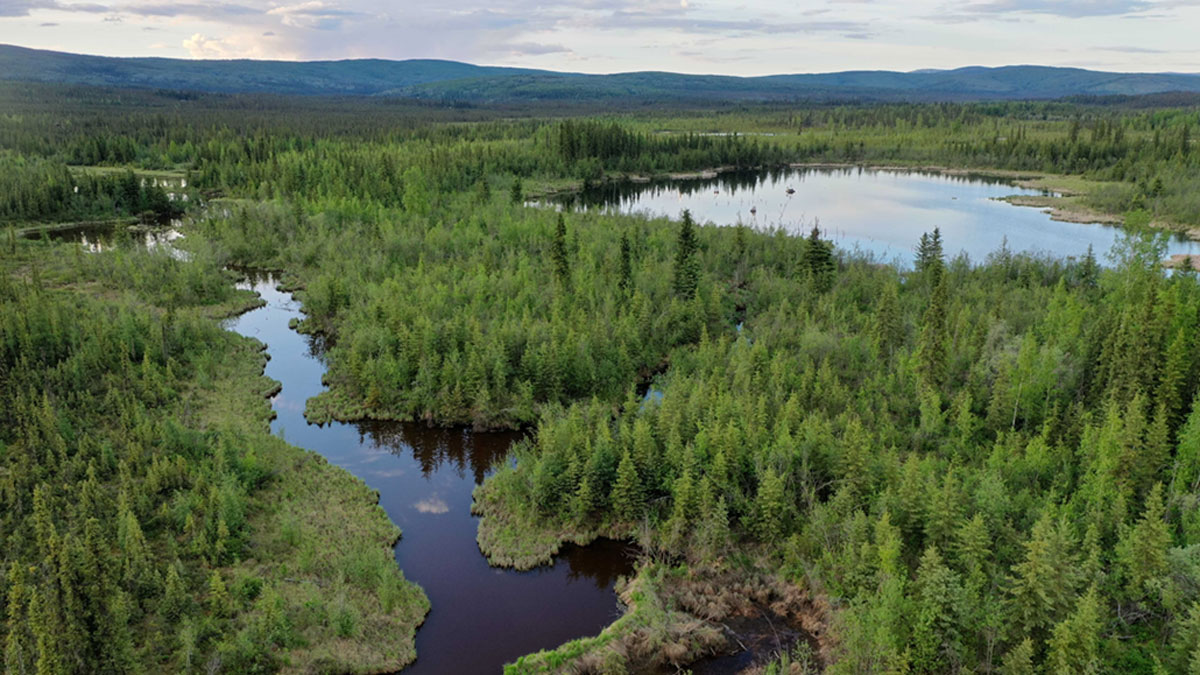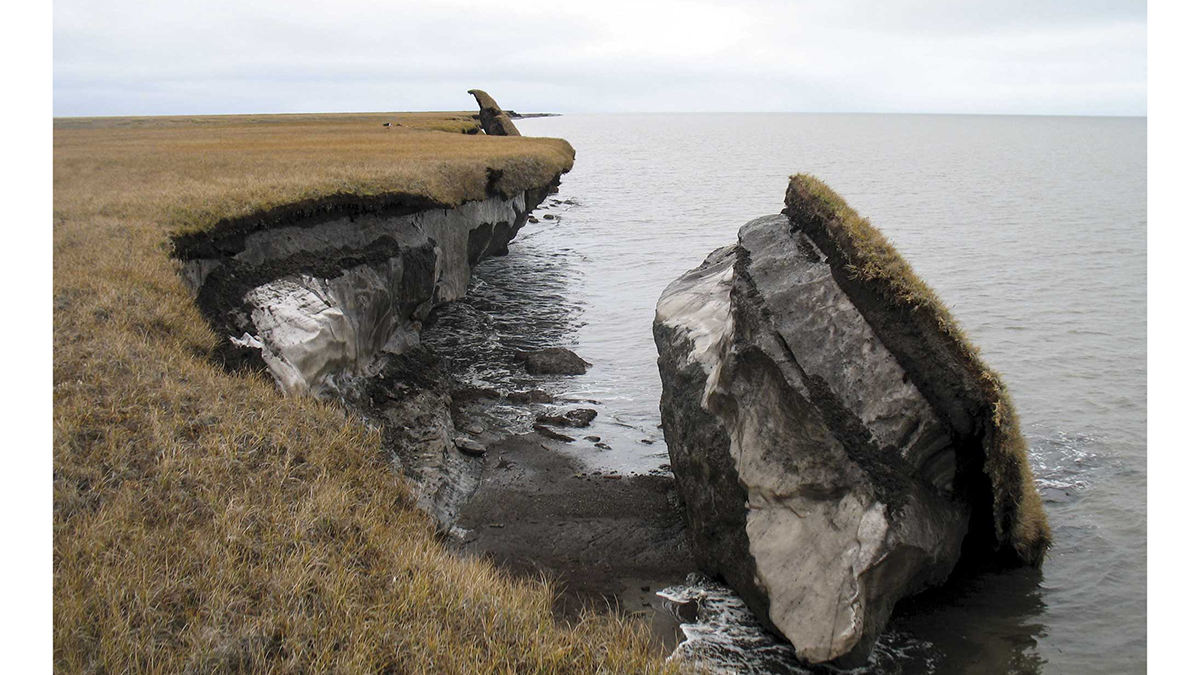Landfast sea ice, sea ice that is held stationary against the Antarctic continent, links firmly with many key climate processes, but its importance is only being fully realized as its extent dwindles.
Arctic
Frozen Riverbanks May Erode Faster in a Warming Arctic
Frozen flume experiments reveal the sensitivity of permafrost riverbank erosion to water temperature, bank roughness, and pore-ice content.
Herbivore Diversity Helps Maintain Arctic Tundra Diversity
A long-term experiment in southwestern Greenland reveals that the presence of musk oxen and caribou helps stave off declines in Arctic tundra diversity brought on by climate change.
Fair Seas for All
Work at sea is key to our science, but, too often, transgender and gender-diverse scientists face obstacles and harassment that make field research a trial. A few simple steps can make things more inclusive.
Sea Ice Is Going, but When Will It Be Gone?
A pair of studies demonstrate the uncertainty over when the Arctic will become seasonally sea ice free.
Protecting the Ozone Layer Is Delaying Arctic Melting
The Montreal Protocol has unintentionally slowed global warming and pushed back the first ice-free Arctic summer by 15 years, according to new research.
Hunting for Methane Hot Spots at the Top of the World
A visit to an Alaskan wetland with some of the world’s highest lake marsh methane emissions brings scientists one step closer to understanding the phenomenon.
As the Arctic Warms, These Rivers Are Slowing Down
The Arctic is warming up, but instead of large rivers migrating faster, they’re actually slowing down because of shrubification.
What We Know and Don’t Know About Climate Tipping Elements
As climate change continues, parts of the Earth system such as ice sheets, frozen soils, or the Amazon rainforest could shift—some quickly, some slowly—after crossing key thresholds or tipping points.
A 1952 Landslide Hints at Early Permafrost Thaw in the Arctic
Scientists took a deeper look at a 70-year-old slide and found that climate change likely set the stage for the disaster.










